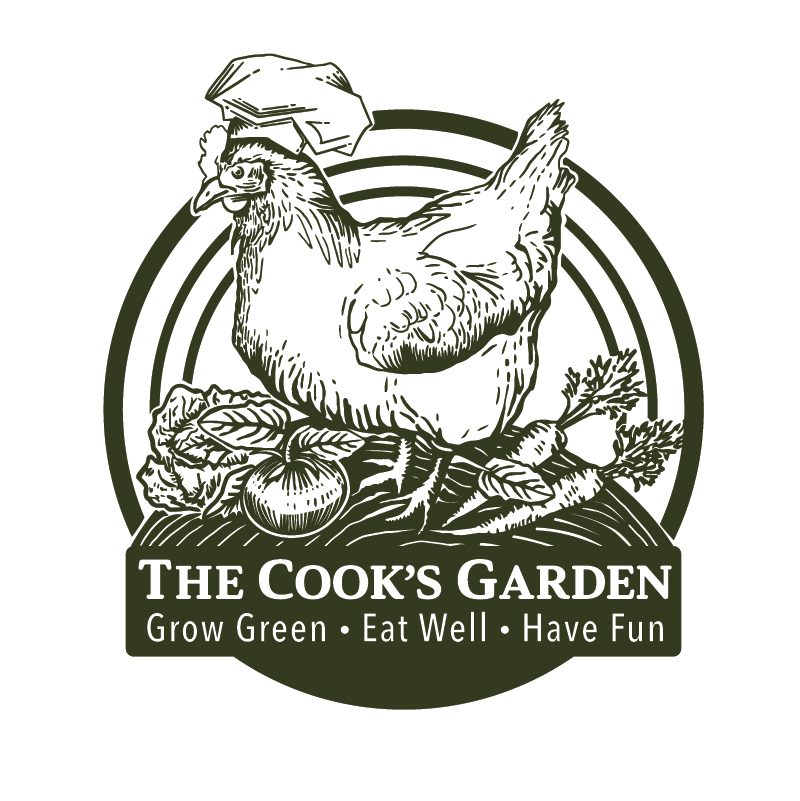What’s in a Teaspoon of Soil – The Care and Feeding of Your Precious Soil Food Web
In our preparation for the cool season, a review of the nitrogen-fixing duet between legumes and rhizobium bacteria and the Soil Food Web is in order:
The Soil Food Web…What is it?
The soil food web is the community of organisms living all or part of their lives in the soil. This food web diagram shows a series of conversions (represented by arrows) of energy and nutrients as one organism eats another.
Soil organisms support plant health as they decompose organic matter, cycle nutrients, enhance soil structure, and control the populations of soil organisms including crop pests.
The Soil Food Web
Where is it?
Most of these organisms live in the top 3 inches of soil!
WOW, IT’S CROWDED IN THERE!
Soil bacteria in the soil food web
PER TEASPOON of healthy soil plus organic matter, the following organisms – most of whose names are not known to scientists – are found:
– 1 million (in arid soils) to 1 billion bacteria (in forest soils)
Bacteria break down easy to-use organic material (sugars, proteins, carbohydrates), retain nutrients, like N, P, and K in the soil and combat disease causing organisms.
Productive garden soil should contain more bacteria than any other kind of organism, although care must be taken to make sure beneficial bacteria, instead of disease-causing bacteria, are most prevalent. How do you do that? By feeding the foods the suppressive bacteria like. That also means, no nitrate fertilizers (which selects for the disease-causing bacteria and fungi) and no compaction (that means poorly structured soils, and reduced oxygen levels which help the root-rot fungi more than anything else).
– 150 to 500 micrograms of fungal hyphae
Fungi break down the more difficult-to-decompose, organic matter (like newspaper, cardboard, bark, sawdust, corn stalks) and retain those nutrients in the soil as fungal biomass. Just like bacteria, fungal waste products become soil organic matter, which are used by other organisms. Gardens require some fungal biomass for greatest productivity, but in order for best CROP growth, there should be an equal biomass of bacteria as compared to fungi. As with bacteria, we need to feed the “good-guy” fungi, not the “bad-guys.” Feed the soil complex mixtures of humic acids and algae, and avoid nitrate fertilizers and prevent soil compaction.
– 10,000 to 100,000 protozoa
These organisms are one-celled, highly mobile organisms that feed on bacteria and on each other. Because protozoa require 5 to 10-fold less nitrogen than bacteria, N is released when a protozoan eats a bacterium. That released N is then available for plants to take up. Between 40 and 80% of the N in plants can come from the predator-prey interaction of protozoa with bacteria.
– 15 to 500 beneficial nematodes
Beneficial Nematodes
Beneficial nematodes eat bacteria, fungi, and other nematodes. Nematodes need even less nitrogen than protozoa, between 10 and 100 times less than a bacterium contains, or between 5 and 50 times less than fungal hyphae contains. Thus when bacterial- or fungal-feeding nematodes eat bacteria or fungi, nitrogen is released, making that N available for plant growth. However, plant-feeding nematode are pests because they eat plant roots. These “bad” nematodes can be controlled biologically, as they are in natural systems, by fungi that trap nematodes, by having fungi that colonize root systems and prevent nematode attack of roots, or by predation of nematodes by arthropods. In cases of extreme outbreaks, however, the only answer may be the use chemicals to control these plant-feeding nematodes. However, once a chemical is used which kills the beneficial nematodes as well as the plant-feeding ones, the beneficial nematodes need to be replaced through inoculation. What inoculants are there for these beneficial fungi? Compost, and compost tea are the only commercially available sources of the whole community of these beneficial nematodes, or protozoa, for that matter.
– A few to several hundred thousand microarthropods
These organisms chew the plant leaf material, roots, stems and boles of trees into smaller pieces, making it easier for bacteria and fungi to find the food they like on the newly revealed surfaces. The “comminuting”arthropods can increase decomposition rates by 2 – 100 times, although if the bacteria or fungi are lacking, increased decomposition will not occur because it takes ALL the organisms working together to make nutrient cycling work. In many cases, however, the arthropods carry around an inoculum of bacteria and fungi, making certain the food they want (bacteria and fungi) are inoculated onto the newly exposed surfaces! Because the C:N ratio of arthropods is 100 times greater than the bacteria and fungi, they release nitrogen which then is available for plant growth. Some arthropods eat pest insects, while others eat roots. Again, it’s important to encourage the beneficial ones and discourage the ones that eat plants!
HOW DO WE CARE TAKE OF IT?
1) Add organic matter regularly (no need to dig in…can be just as effective used as a mulch)
2) No pesticides (even the organic ones can be harmful to these critters so use only when absolutely necessary)
Cornell University Cooperative Extension “Fertilizing Garden Soil”
3) NO SYNTHETIC FERTILIZERS. If you’re adding compost regularly, you may need to do very little fertilizing (our goal), but if you do…only organic please :). Synthetic fertilizers break the relationship between plants and soil organisms and excess amounts of the most mobile of nutrients (N) can be a source of pollution in run-off causing ‘dead zones’ in bodies of water and has been connected to stomach cancer.
4) Do not compact soil and do not over-work (till) the soil.
NOTE:
Using a COVER CROP is a wonderful way to bring an organic source of nitrogen back into your soil and re-invigorate your soil food web. Check out the links listed next to the edible legumes below and research the cover crops in the links below to determine what will work in your zone.
There are 2 ways to increase the natural occurring nitrogen in your soil:
1) planting a cover crop -OR-
2) planting rotating crops of legumes
In the edible garden the (Fabaceae) Legumes Family include:
Peas (http://www.gardening.cornell.edu/homegardening/scene9697.html)
Beans (http://www.gardening.cornell.edu/homegardening/scenef57c.html and http://www.gardening.cornell.edu/homegardening/scene8f63.html)
– Green Bean, Split Pea, Yellow Pea, Green Pea, Snow Pea, Black-eyed Pea, Chickpea, Broad Bean, Lima Bean, Fava Bean, Navy Bean, Red Kidney Bean, Great Northern Bean, Pinto Bean, Adzuki Beans, Mung Beans, Soy Bean, Brown Lentil, Green Lentil, Red Lentil, Black Lentil.
BUT, remember without a healthy soil food web (which includes the bacteria that make the nitrogen-fixing possible for these plants) none of this is possible.
Soil Bacteria:
Root Nodules
Brady-rhizobium fixes nitrogen via root nodules, releasing N to the host plant.
Azobactoriaceae: Nitrogen fixation w/out nodules on non-legume plants.
Soil Microorganism:
Fungi
Fungi are responsible for most of soil fertility.
Decompose just about anything and release the nutrients contained within the materials, back to the plant.
Work horse: bind soil particles, soil tilth
Mycorrhizae
Live in and around the root zone of plants, extending far out from the plant’s roots with their own network of thread- like filaments known as hyphae.
Evolved in association with plants.
Increase the ability of plants to take up water and certain nutrients.
Protecting associated plants from pests and diseases.
Cannot survive long in bare-soil conditions.
Cannot thrive in conditions where synthetic soluble fertilizers have been used continually for many years.
Strategies for Improving Mycorrhizae Activity on Your Site:
1) Use green manures and mulch.
2) Refrain from using chemical fertilizers, w/high levels of phosphorous.
3) If the soils are degraded, consider adding quality compost.
4) For degraded sites, inoculate with commercially-available mycorrhizae.
Manage your soil organically by using organic compost (your own is best)….use organic mulch…do not overwork soil…
Some interesting links for you dirt nerds out there:
https://www.groedibles.com/resources/fallwinter-gardening/#SOIL_PREPARATION
https://www.groedibles.com/resources/springsummer-gardening/
Some interesting videos on Mycorrhizae and Rhizobium Symbiosis:
http://www.youtube.com/watch?v=bq1bTduTzC0&feature=related






